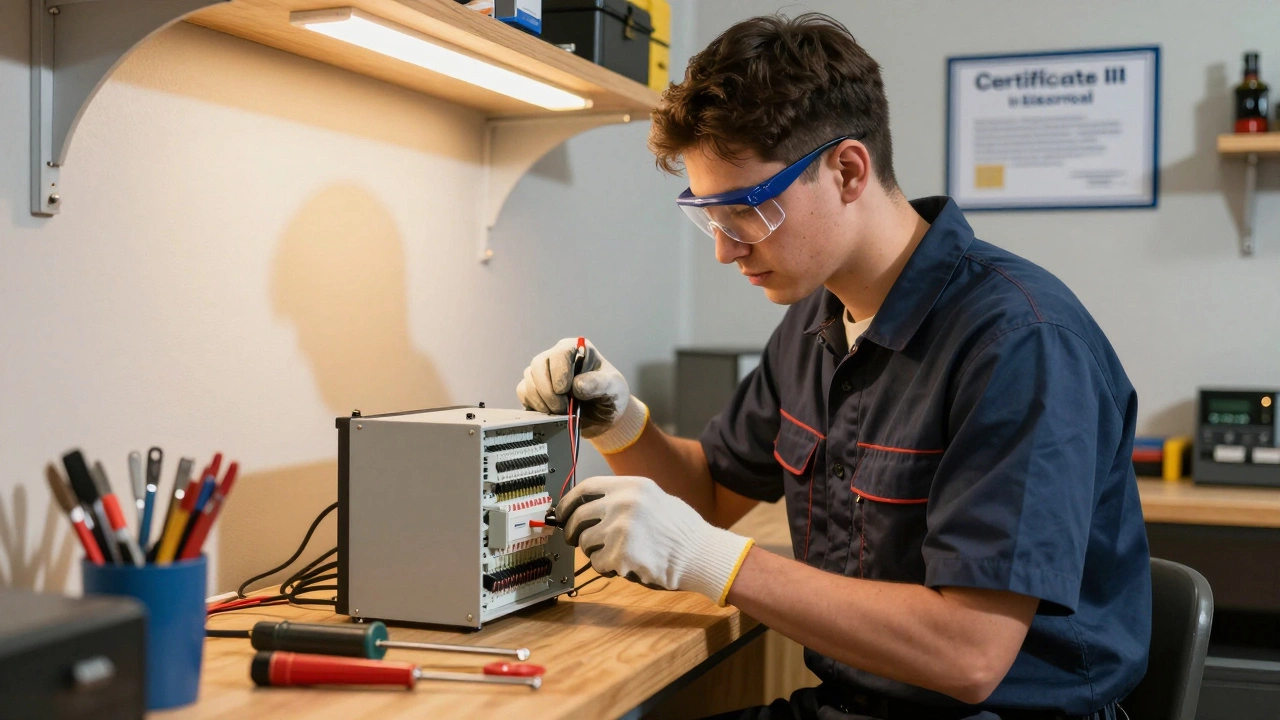Vocational Education: Real Skills for Real Jobs
Ever wonder why some people jump straight into a good job after a short course while others spend years in a classroom? The secret is vocational education. It’s all about learning by doing, focusing on the skills employers actually need. Whether you’re fresh out of high school or looking for a career change, a vocational program can give you a fast track to a stable income.
Why Choose Vocational Training?
First off, you get hands‑on experience. Think of a kitchen where you actually cook, a workshop where you weld, or a lab where you service computers. This isn’t theory for the sake of theory – it’s practice you can put on a resume tomorrow. Second, the time investment is realistic. Most diplomas or certificates take 6 months to 2 years, compared to a 3‑plus‑year degree. That means you start earning sooner and pay less in tuition.
Third, the job market loves it. Industries like healthcare support staff, automotive repair, hospitality, and IT services constantly need trained technicians. According to a recent industry survey, 78% of employers say vocational graduates are “ready to work” from day one. That translates to higher placement rates and better starting salaries for many trade roles.
Popular Vocational Paths You Can Start Today
Here are a few fields where vocational training shines:
- Healthcare Support – roles like medical lab technician, physiotherapy assistant, and nursing aide need short‑term certifications but offer steady demand.
- IT and Digital Skills – courses in networking, cybersecurity basics, and web development can land you freelance gigs or full‑time jobs fast.
- Automotive & Mechanical – becoming a mechanic, diesel technician, or CNC operator often requires a 1‑year diploma plus on‑the‑job apprenticeships.
- Hospitality & Culinary Arts – chef apprenticeships, hotel management certificates, and barista training are pathways to quick employment in bustling cities.
- Construction Trades – electricians, plumbers, and carpenters earn solid salaries after completing an apprenticeship program.
Each of these tracks includes a mix of classroom theory and real‑world projects, so you graduate with a portfolio you can show employers.
If you’re unsure which path fits, start by asking yourself three questions: What tasks do I enjoy? Which industries are growing in my city? How much time am I willing to invest now for long‑term payoff? Answering these will narrow down the best vocational program for you.
Finally, don’t overlook government schemes and scholarships. Many state boards and private institutes partner with industry to offer subsidized fees or guaranteed placements. Checking the “Vocational Training” section on the India Education Guide site can point you to the latest offers and eligibility rules.
Bottom line: vocational education isn’t a fallback – it’s a fast, practical route to a career that pays. Pick a skill, enroll in a reputable program, and start building the experience that employers can’t ignore. Your next job could be just a certificate away.
Dec
16

- by Dhruv Ainsley
- 0 Comments
What Is the Difference Between Vocational and Educational Paths?
Vocational education trains you for specific jobs with hands-on skills, while educational paths focus on academic knowledge and critical thinking. Learn how they differ, who they suit, and why both are valuable.
Nov
21

- by Dhruv Ainsley
- 0 Comments
Discover the New Era of Vocational Education: What It's Called Today
Vocational education, once solely linked to manual trades, has evolved into a dynamic field now often referred to as Career and Technical Education (CTE). It encompasses a range of programs designed to equip students with practical skills for various high-demand careers. Such education has expanded beyond traditional trades to include fields like healthcare, technology, and business. Understanding its current forms and benefits can open doors to a multitude of career opportunities.